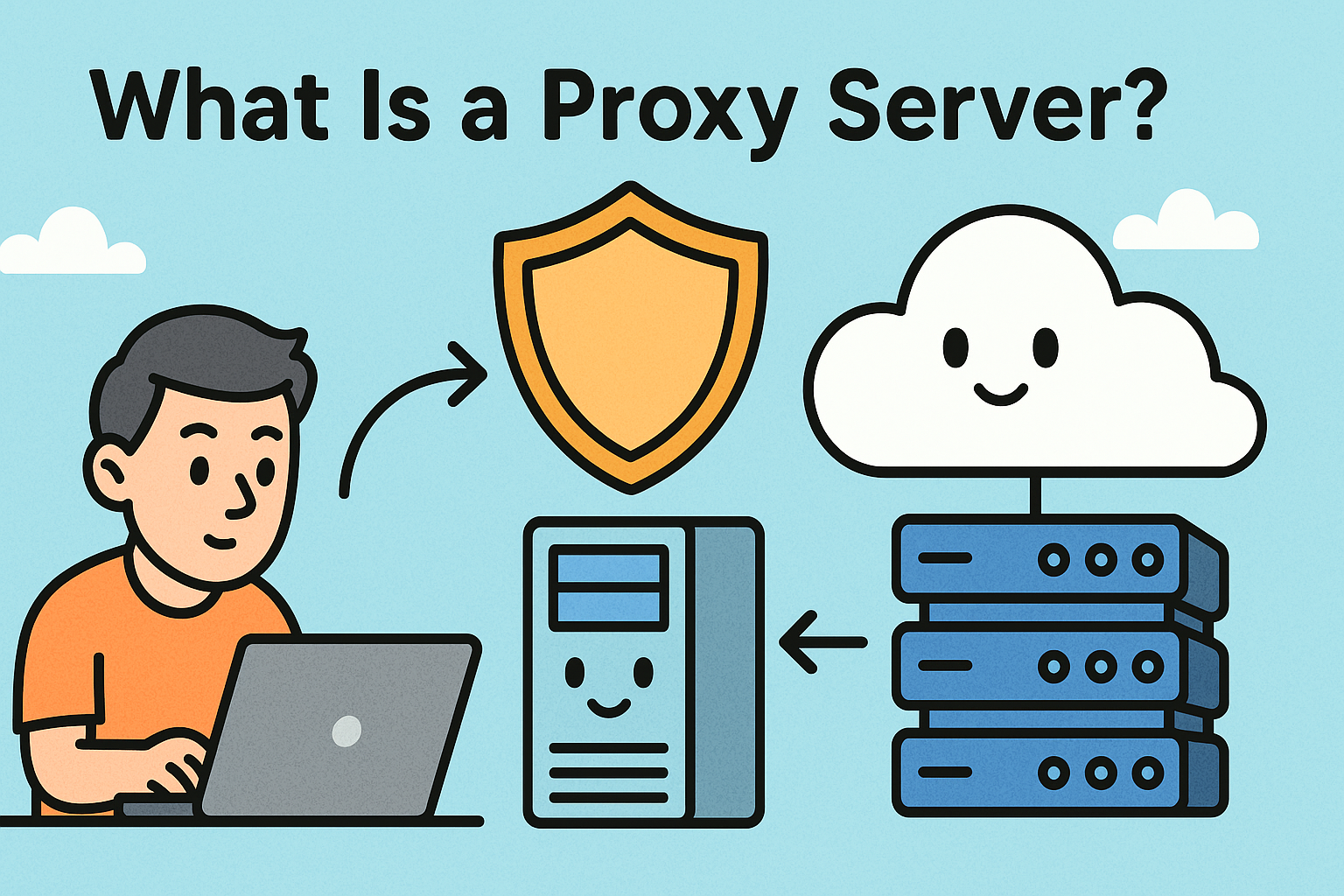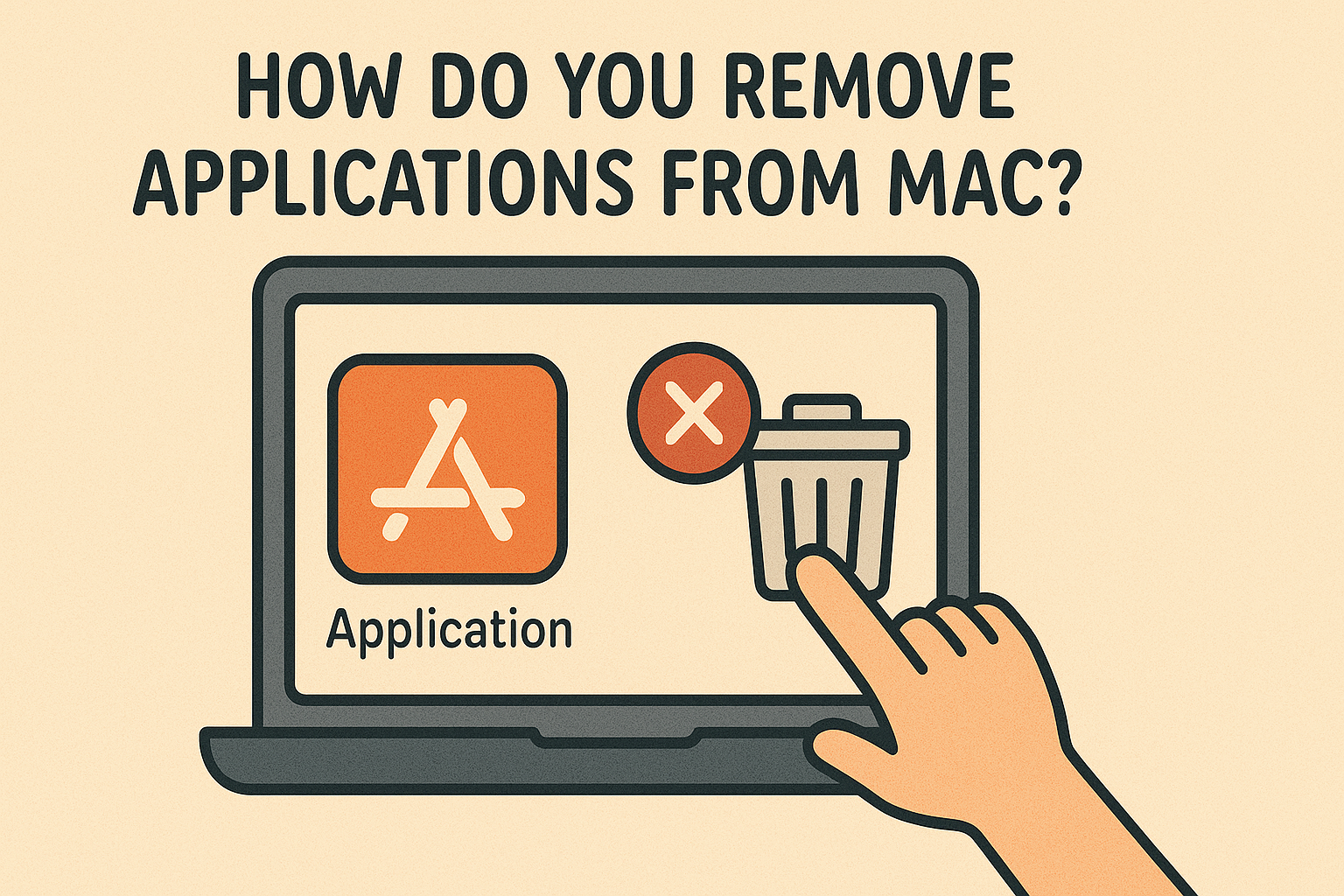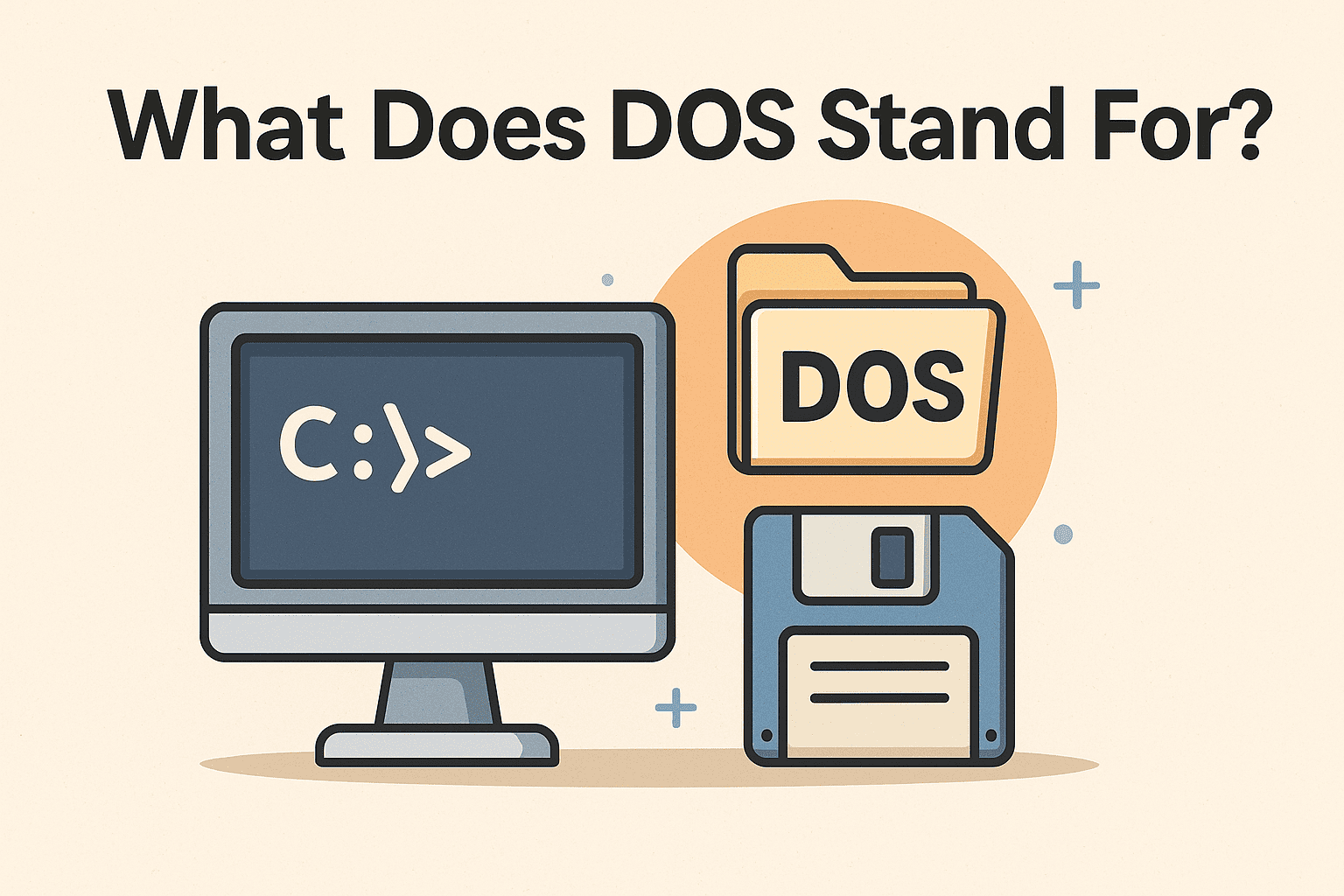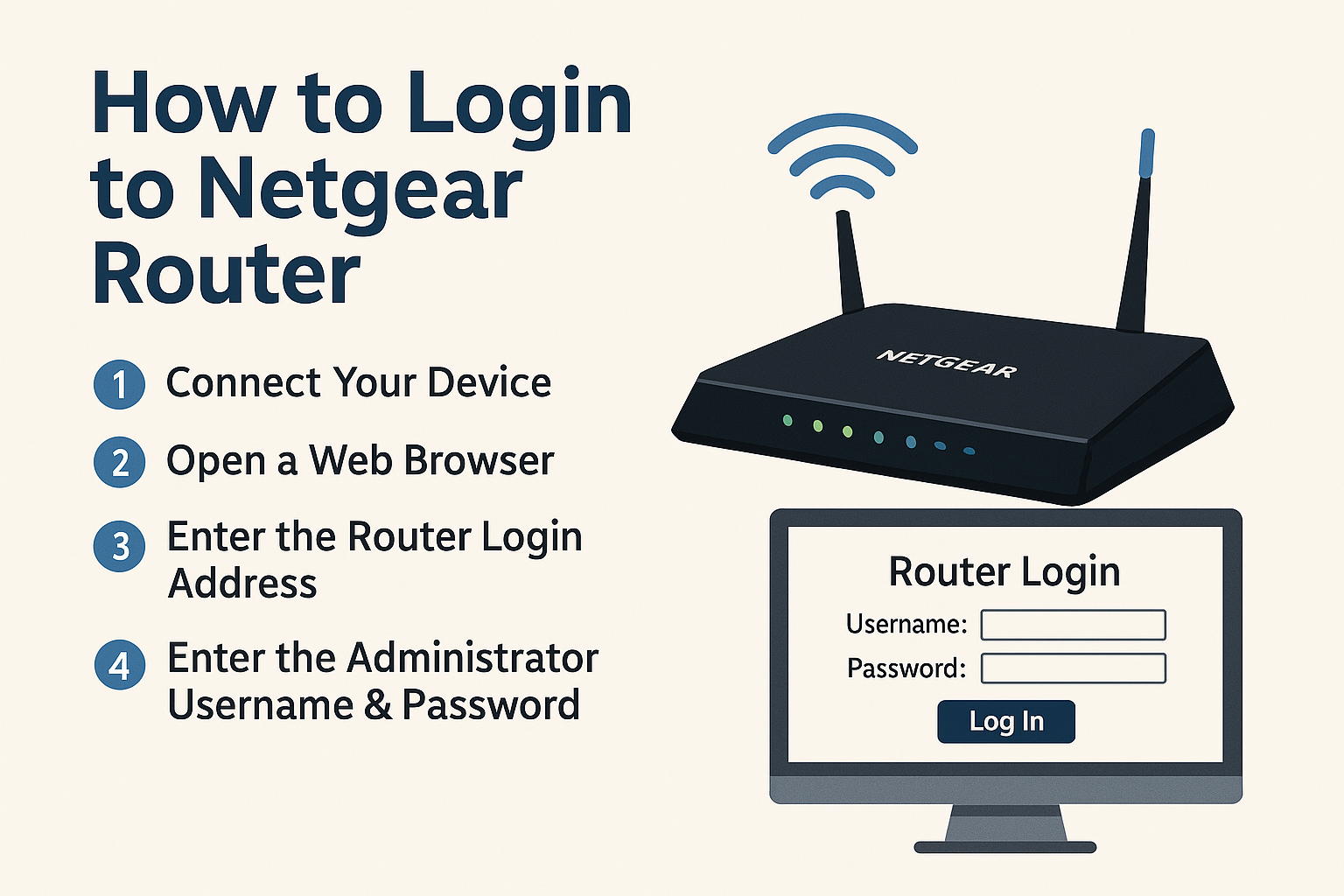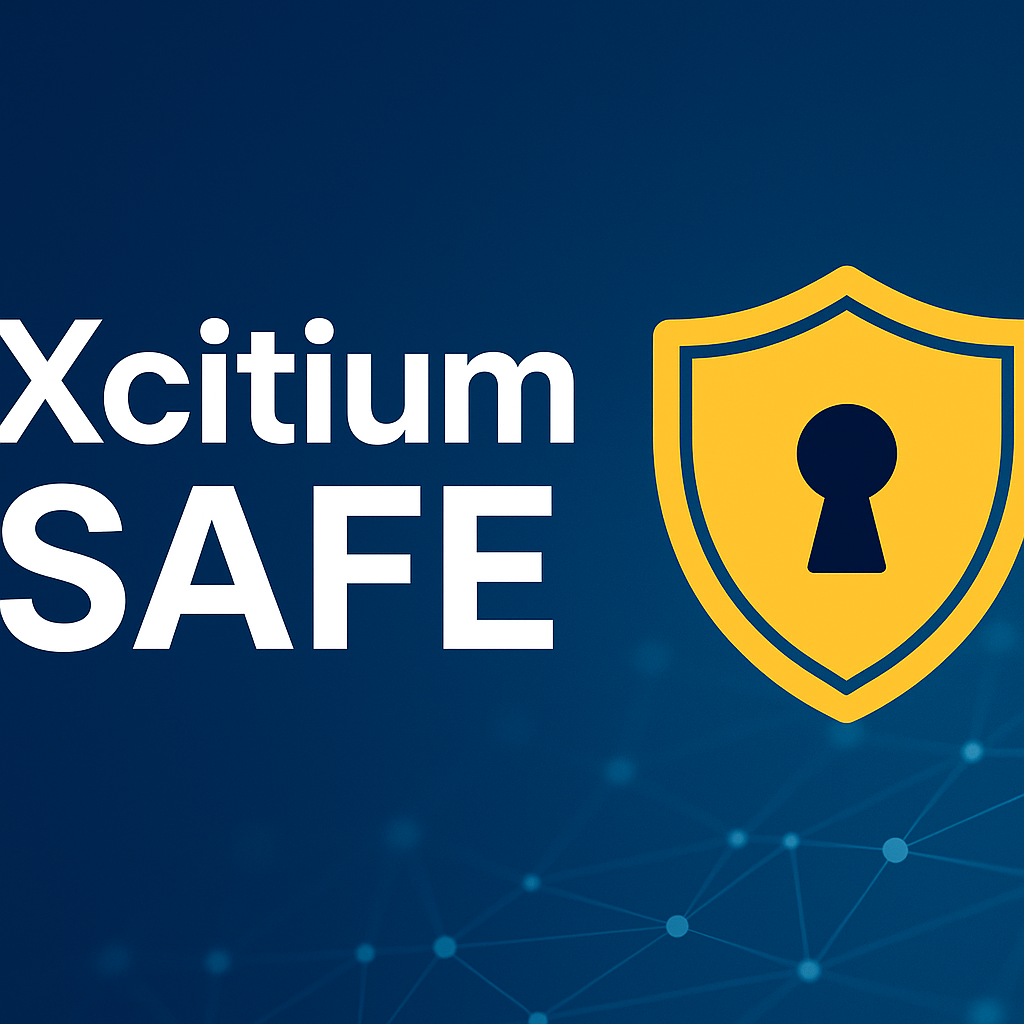What Is Telnet? A Complete Guide for IT Managers and Cybersecurity Professionals
Updated on October 7, 2025, by Xcitium
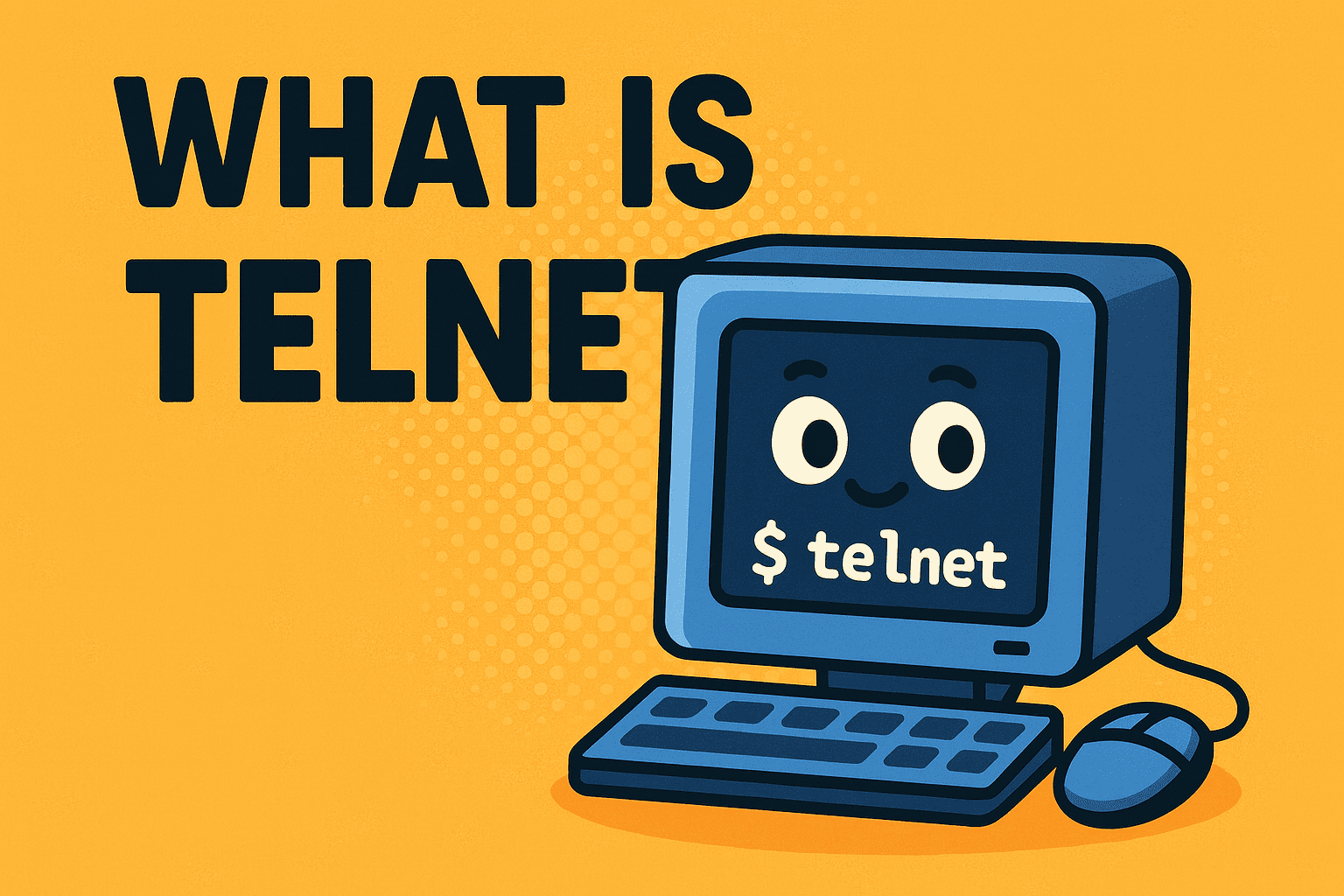
Before the rise of encrypted protocols like SSH, IT managers and administrators relied on Telnet to connect to remote servers and devices. But what is Telnet, and why is it still discussed today?
Introduction: Why Telnet Still Matters in 2025
Telnet, short for Telecommunication Network, is a network protocol that allows users to remotely log into another computer over a TCP/IP network. Although it has been largely replaced due to its security flaws, Telnet remains an important concept for understanding the evolution of remote access, network troubleshooting, and cybersecurity risks.
What Is Telnet?
Telnet is one of the earliest networking protocols, introduced in 1969. It allows text-based communication between two systems over the internet or a local network.
Key Characteristics:
-
Runs on port 23 by default.
-
Provides command-line access to remote systems.
-
Transfers data in plain text (no encryption).
-
Enables remote administration of servers, routers, and other devices.
👉 In short: Telnet is a simple, text-based protocol for remote communication, but it lacks the security needed in modern environments.
How Telnet Works
Telnet establishes a TCP connection between the client and server. Once connected, the user can enter commands as if they were physically present at the remote machine.
Steps in a Telnet Session:
-
Client Initiates Connection – Uses a Telnet client to connect to the server.
-
Authentication – Username and password entered (in plain text).
-
Command Execution – User interacts with the remote device.
-
Session Termination – Connection closes when tasks are complete.
👉 Unlike modern secure protocols, Telnet does not encrypt traffic, leaving data exposed.
Telnet vs SSH
One of the most common questions is how Telnet differs from Secure Shell (SSH).
| Feature | Telnet | SSH |
|---|---|---|
| Encryption | None (plain text) | Strong encryption (AES, RSA) |
| Security Level | Low | High |
| Default Port | 23 | 22 |
| Use Cases | Legacy systems, testing | Modern remote administration |
| Vulnerability Risk | High | Much lower |
👉 Verdict: SSH has replaced Telnet in most modern use cases because it provides secure remote communication.
Common Uses of Telnet
While obsolete for secure environments, Telnet is still used in specific scenarios:
-
Network Troubleshooting – Checking open ports and connectivity.
-
Legacy Systems – Managing older devices that only support Telnet.
-
Testing Services – Quick way to connect to email or web servers.
-
Educational Purposes – Demonstrating early networking concepts.
👉 Example: Administrators may use Telnet to test whether port 80 (HTTP) or 25 (SMTP) is open on a server.
Security Risks of Telnet
Understanding what is Telnet also means recognizing its risks. Because Telnet sends data in plain text, it is highly vulnerable.
Major Risks:
-
Credential Theft – Usernames and passwords can be intercepted.
-
Man-in-the-Middle Attacks – Hackers can modify data in transit.
-
Unauthorized Access – Attackers exploit weak or default credentials.
-
Network Exploitation – Used by cybercriminals to infiltrate systems.
👉 For IT managers and CEOs, relying on Telnet is a serious liability in modern cybersecurity frameworks.
Advantages and Disadvantages of Telnet
Advantages:
-
✅ Simple and lightweight.
-
✅ Easy for quick troubleshooting.
-
✅ Works on almost any system.
Disadvantages:
-
❌ No encryption.
-
❌ Outdated and insecure.
-
❌ Limited compatibility with modern compliance standards.
Why Cybersecurity Teams Should Care About Telnet
Even though newer protocols have replaced Telnet, many legacy systems still run it, creating risks for businesses. Cybersecurity teams must:
-
Identify Telnet use during security audits.
-
Replace Telnet with SSH wherever possible.
-
Monitor network traffic for Telnet connections.
-
Use Endpoint Detection & Response (EDR) tools to detect unauthorized use.
👉 Ignoring Telnet in audits may expose organizations to compliance violations (HIPAA, PCI DSS, GDPR).
How to Disable or Replace Telnet
IT managers should phase out Telnet and adopt secure alternatives.
Steps:
-
Audit Systems – Identify devices using Telnet.
-
Disable Telnet Service – On servers and network devices.
-
Migrate to SSH – Use encrypted connections.
-
Update Policies – Ensure employees don’t use Telnet for administration.
-
Train Teams – Highlight risks and secure alternatives.
Alternatives to Telnet
-
SSH (Secure Shell) – Encrypted remote communication.
-
RDP (Remote Desktop Protocol) – Secure GUI-based remote access.
-
Web-based Management Tools – Cloud dashboards with authentication.
-
VPN + Secure Access – Layered security for remote administration.
👉 These solutions align better with today’s Zero Trust and compliance-driven environments.
Future of Telnet
While Telnet is mostly retired, it will continue to exist in:
-
Legacy infrastructure not yet upgraded.
-
Testing labs for educational use.
-
Specialized troubleshooting scenarios.
However, businesses moving toward cloud computing, IoT, and advanced cybersecurity should avoid Telnet altogether.
FAQs: What Is Telnet?
1. What does Telnet stand for?
Telnet stands for Telecommunication Network, a protocol for remote text-based communication.
2. Is Telnet still used today?
Yes, mainly for troubleshooting and legacy systems, but it is insecure for modern use.
3. Why is Telnet insecure?
Because it sends usernames, passwords, and data in plain text without encryption.
4. What replaced Telnet?
SSH (Secure Shell) has replaced Telnet for secure remote communication.
5. Can Telnet be used safely?
Only in isolated, controlled networks with no sensitive data. Otherwise, it should be disabled.
Conclusion: Telnet’s Legacy and Modern Lessons
So, what is Telnet? It’s one of the earliest networking protocols that allowed remote communication. While simple and efficient in its time, Telnet’s lack of encryption makes it dangerous for modern cybersecurity environments.
For IT managers, CEOs, and cybersecurity professionals, the lesson is clear: audit your networks, replace Telnet with secure protocols like SSH, and monitor for unauthorized use.
👉 Take the next step in securing your IT infrastructure: Request a Demo Today


